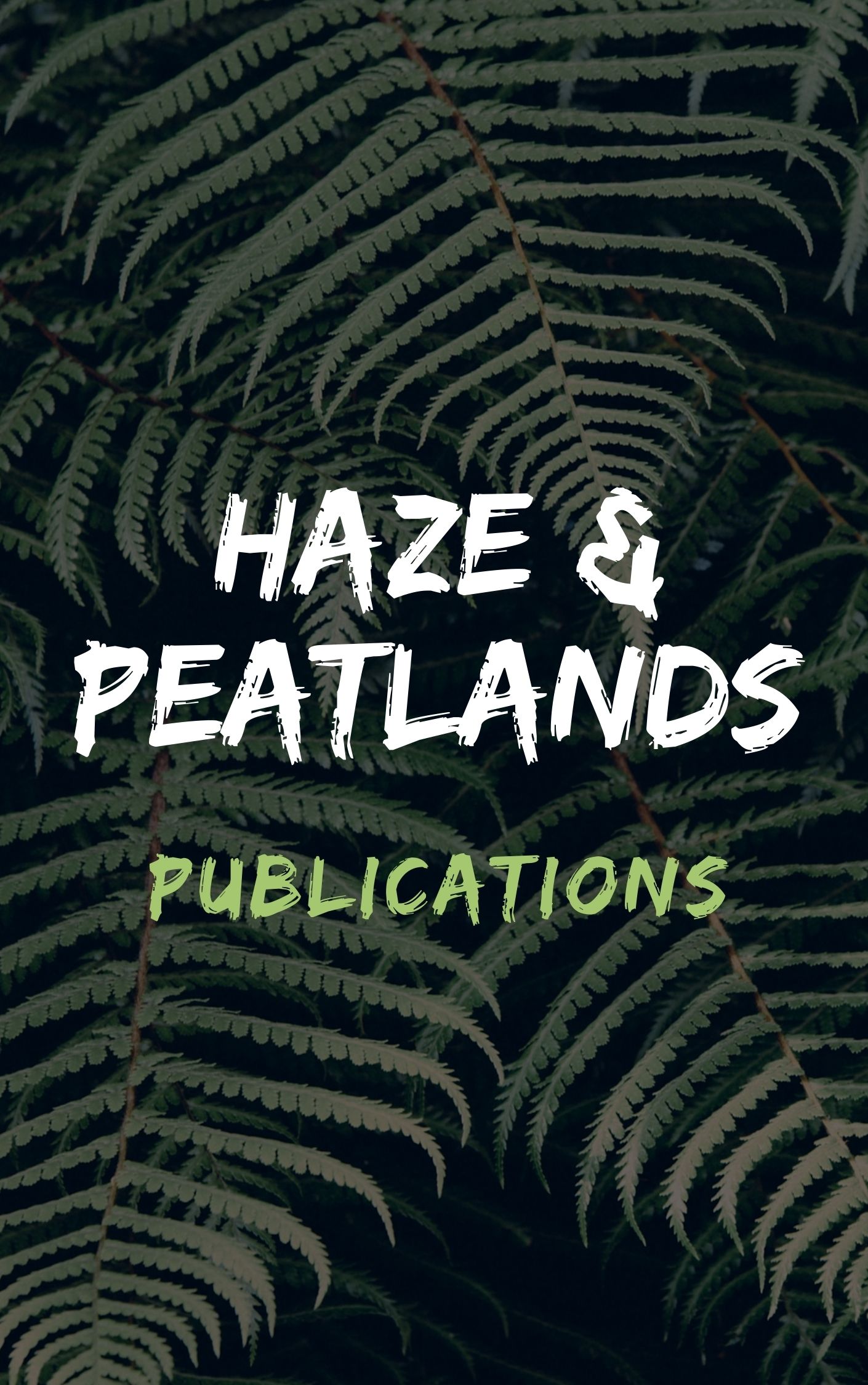Eight coal seams containing Neogene paralic coals from the Mukah coalfield, Sarawak, Malaysia, were investigated using petrographical, palynological, and organic geochemical analyses to describe coal-forming vegetation, paleoclimatic, and paleoenvironment conditions during peat development and precursor mires, as well as their associations within a sequence-stratigraphic context. The petrographic and geochemical data of the coals imply the existence of oxygen-deficient and water-saturated conditions in the precursor mires. The reducing conditions in the mires were followed by biomass loss. The Mukah coals are suggested to be deposited in freshwater peat swamps, and the rich preservation of angiosperm pollen indicates that the organic matter in dense and lowland forest vegetation was mostly terrigenous. The overwhelming presence of Casuarina and Calamus types suggest the paleomires were closely linked to the Kerapah/Kerangas peat forest and were marginally bordered by rattan, which was supported by biomarker data. Rheotrophic–ombrotrophic mires temporarily formed due to water table fluctuations, which were strongly dependent on ever-wet climate changes and syn-depositional tectonics during the Neogene, and resulted in the balanced to high peat accumulation and preservation. A maximum thickness of 35 m of peat deposits is suggested to form between 10,000 and 175,000 years ago based on the peat:coal ratio. The coals are proposed to be influenced by transgressive to initial highstand cycles within the paralic setting.
View source

